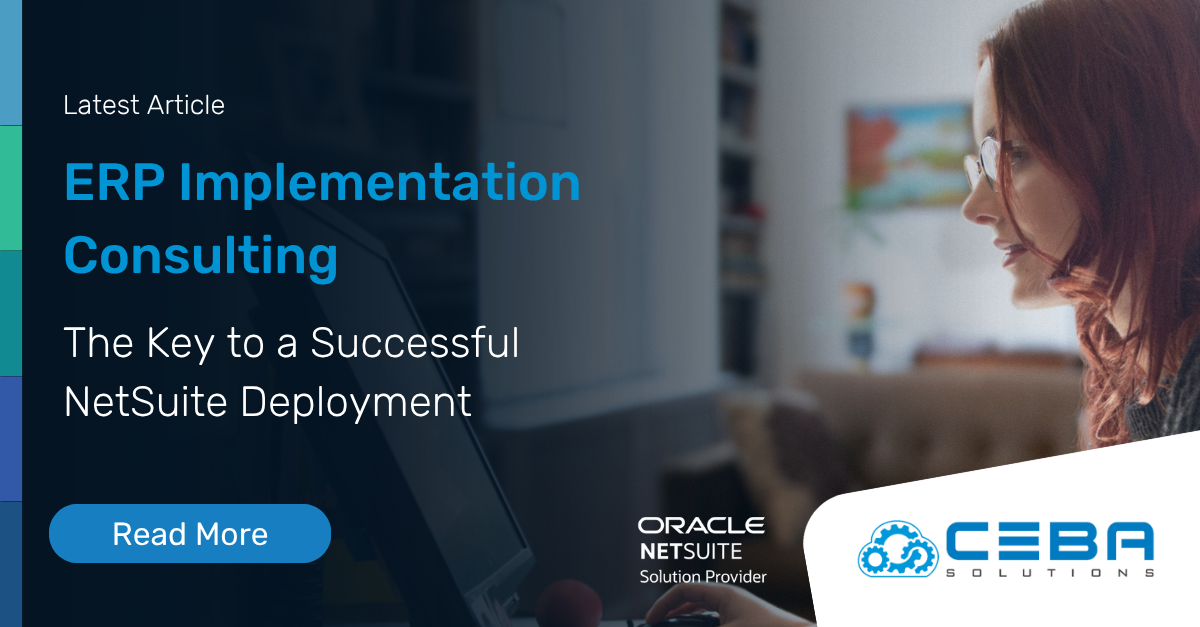
Why Businesses Need to Avoid the “We’ve Always Done It That Way” Mentality
Why Businesses Need to Avoid the “We’ve Always Done It That Way” Mentality
The phrase "We've always done it that way" can be a death knell for progress in any organization. While tradition and established processes certainly have their place, clinging blindly to outdated methods can stifle innovation, hinder growth, and ultimately leave businesses lagging behind in today's dynamic market. This article explores the dangers of the "we've always done it that way" mentality, highlighting why embracing change and fostering a culture of continuous improvement is crucial for success in the modern business world.
Why "Business as Usual" Can Be Risky Business
Tradition and established procedures can provide a sense of stability and predictability, but they can also become a barrier to progress. When businesses become entrenched in their ways, they risk missing out on new opportunities, failing to adapt to changing market conditions and becoming complacent in the face of competition. This resistance to change can manifest in various ways, from dismissing new ideas and technologies to sticking with inefficient processes simply because "that's how we've always done it."
This mentality can create a stagnant environment where employees feel discouraged from suggesting improvements or challenging the status quo. It can also lead to a lack of creativity and innovation, as employees become accustomed to doing things the same way, regardless of whether there might be a better approach. In today's rapidly evolving business landscape, where agility and adaptability are key to survival, the "we've always done it that way" approach can be a recipe for disaster.
How a Resistance to Change Can Impact the Bottom Line
The costs of clinging to outdated methods can be significant. Businesses that fail to adapt risk losing their competitive edge, as more agile competitors seize new opportunities and adopt innovative solutions. This can lead to declining market share, reduced profitability, and ultimately, business failure. Furthermore, sticking with inefficient processes can result in wasted time, resources, and money. For example, clinging to manual processes instead of automating them can lead to higher labor costs, increased error rates, and slower turnaround times.
A resistance to change can damage employee morale and productivity. When employees feel their suggestions for improvement are ignored or dismissed, they may become disengaged and unmotivated. This can lead to a decrease in productivity, increased absenteeism, and even higher employee turnover. In a competitive job market, attracting and retaining top talent requires creating a culture that values innovation and encourages employees to contribute their ideas.
"Clinging to outdated methods hinders growth and stifles innovation. Embracing change is essential for staying competitive and fostering a dynamic, adaptable business culture that encourages continuous improvement and employee engagement." - Zabe Siddique, CEO - CEBA Solutions
Cultivating a Culture of Continuous Improvement
To thrive in today's dynamic environment, businesses must foster a culture of continuous improvement. This means encouraging employees to challenge the status quo, experiment with new ideas, and embrace change as an opportunity for growth. It also requires leadership to be open to feedback, willing to take calculated risks, and committed to investing in the resources and training necessary to support innovation.
One way to promote a culture of continuous improvement is to establish clear channels for employees to share their ideas and suggestions. This could involve regular brainstorming sessions, suggestion boxes, or online platforms where employees can submit their ideas. It's also important to recognize and reward employees who contribute to process improvements or come up with innovative solutions. By celebrating successes and acknowledging the value of new ideas, you can create a positive feedback loop that encourages ongoing innovation.
Why Embracing Change is Key to Success
Embracing change and fostering a culture of continuous improvement can yield significant benefits for businesses. By staying ahead of the curve and adapting to new technologies and market trends, companies can gain a competitive advantage and increase their market share. Improved efficiency can lead to cost savings, increased productivity, and faster turnaround times. Moreover, a culture that values innovation can boost employee morale, attract top talent, and foster a more engaged and productive workforce.
In today's rapidly changing world, adaptability is no longer just an asset, it's a necessity. Businesses that are willing to embrace change, challenge their assumptions, and continuously seek ways to improve are the ones that will thrive in the long run. By breaking free from the "we've always done it that way" mentality, companies can unlock their full potential and achieve sustainable growth.
Strategies for Implementing New Ideas
While the benefits of embracing change are clear, implementing new ideas and processes can be challenging. Resistance to change is a natural human tendency, and it's important to address concerns and provide support to employees during times of transition. One effective strategy is to involve employees in the change process from the beginning. By seeking their input and addressing their concerns, you can increase buy-in and reduce resistance.
Clear communication is also essential. Explain the reasons for the change, the benefits it will bring, and how it will impact employees' roles and responsibilities. Provide adequate training and support to help employees adapt to the new processes and technologies. Finally, be patient and understanding. Change takes time, and it's important to allow employees time to adjust and become comfortable with the new ways of doing things.
Breaking Free from the Past and Embracing the Future
The "we've always done it that way" mentality can be a significant obstacle to progress and innovation. By clinging to outdated methods, businesses risk falling behind their competitors, missing out on new opportunities, and ultimately failing to achieve their full potential. In today's dynamic business environment, embracing change and fostering a culture of continuous improvement is crucial for success.
By challenging the status quo, encouraging innovation, and adapting to new technologies and market trends, businesses can gain a competitive edge, improve efficiency, and boost employee morale. Breaking free from the past and embracing the future requires a commitment to continuous learning, a willingness to take calculated risks, and a culture that values new ideas and encourages employees to contribute their best work. By adopting this mindset, businesses can position themselves for long-term success and thrive in the face of change.












